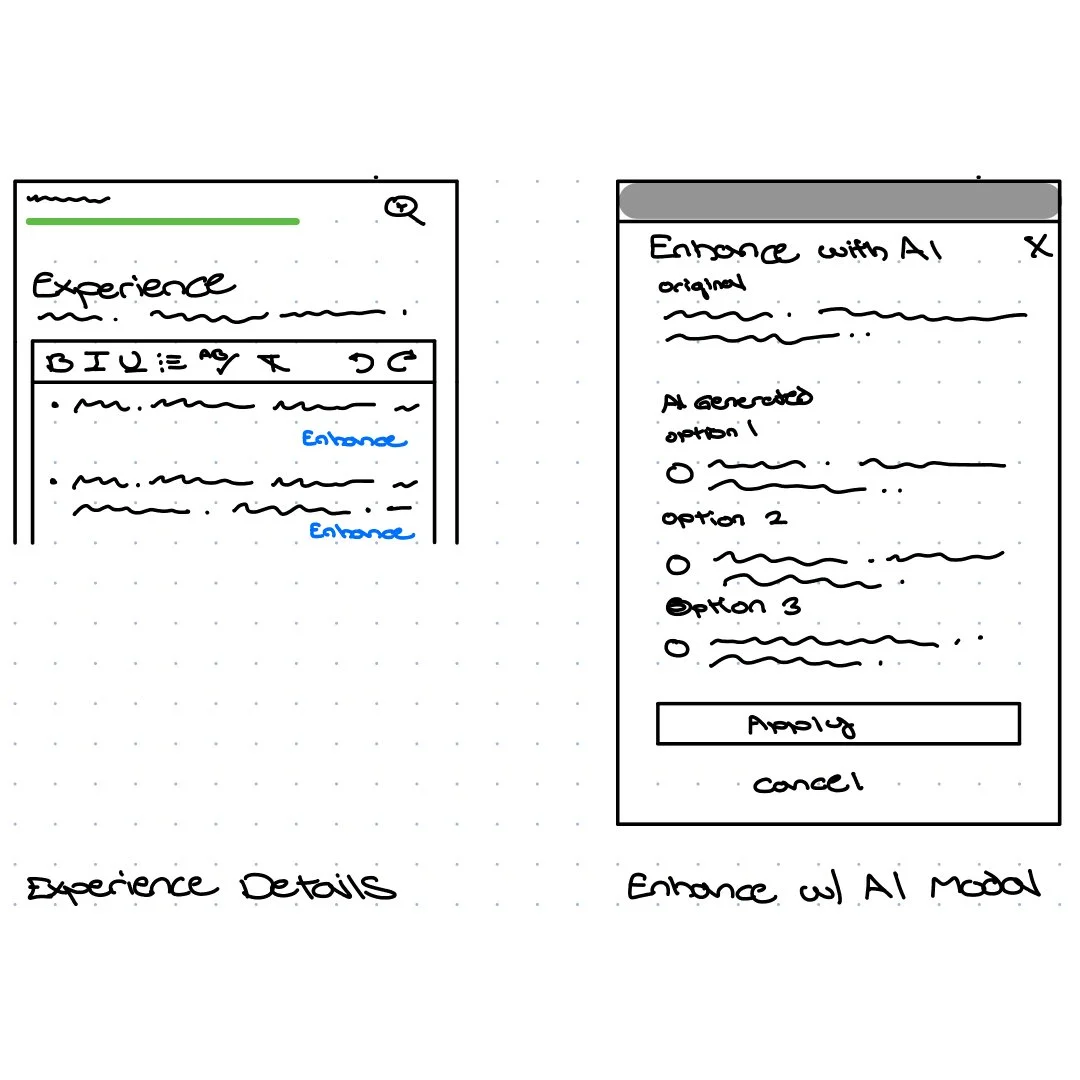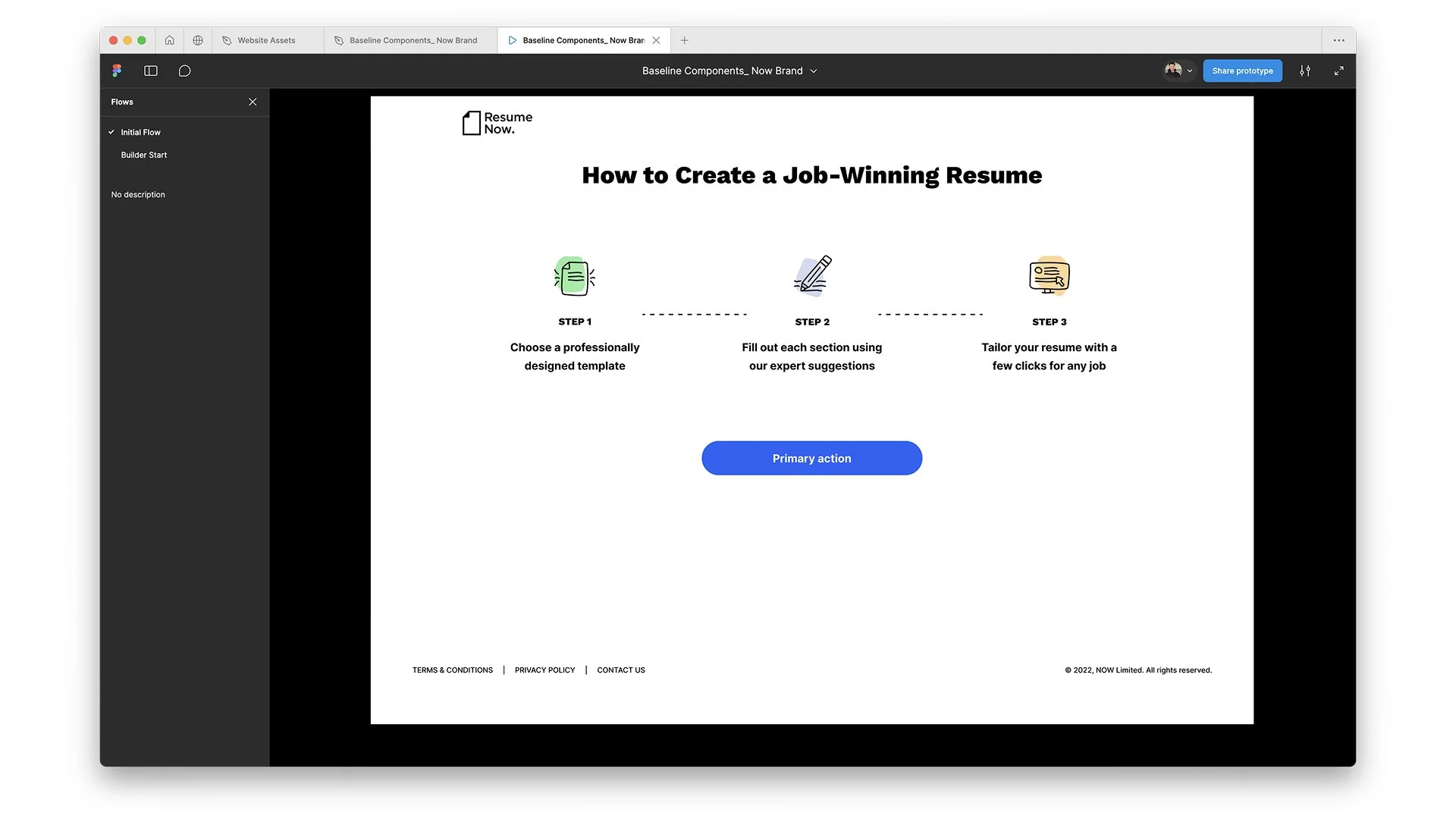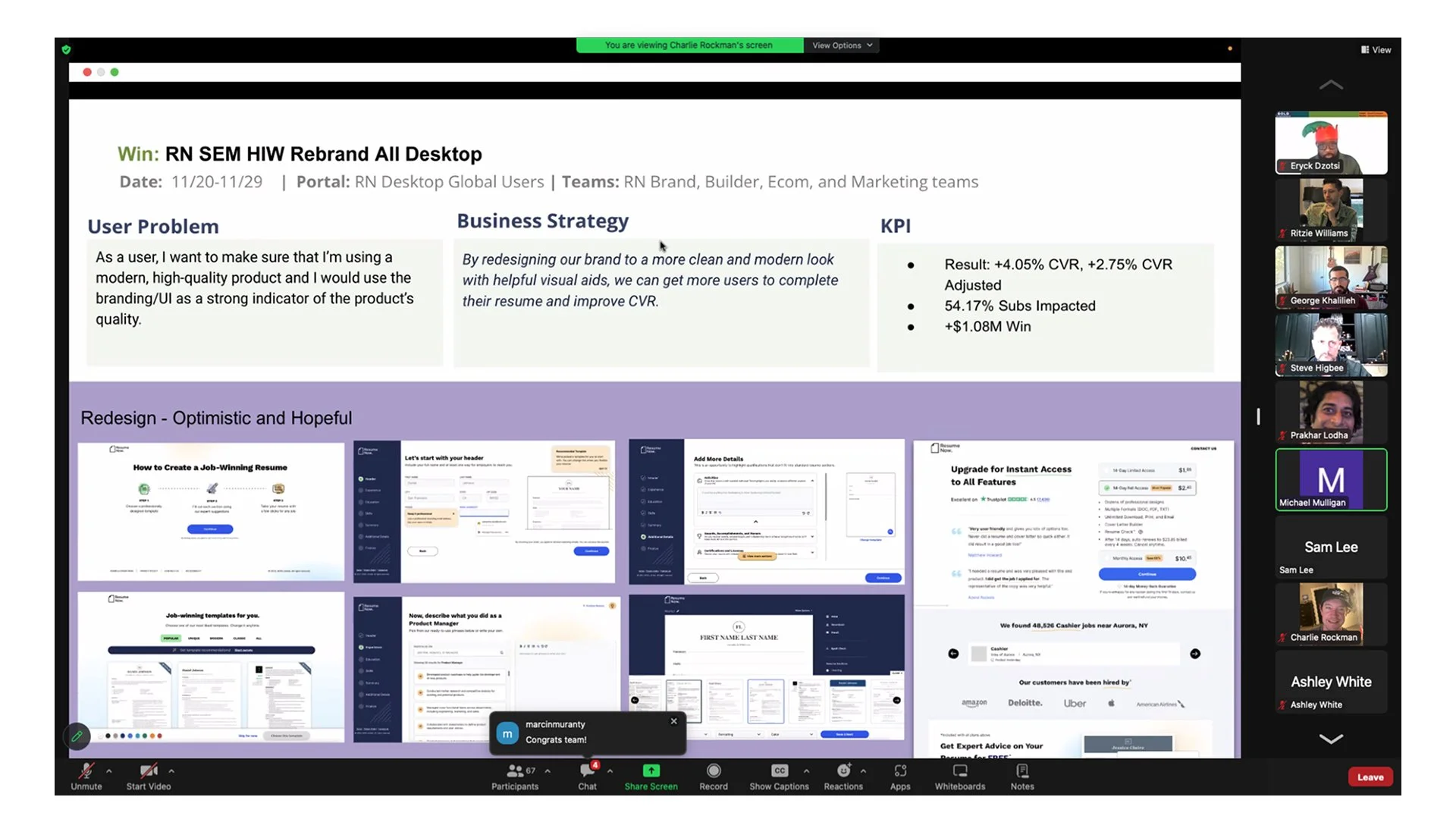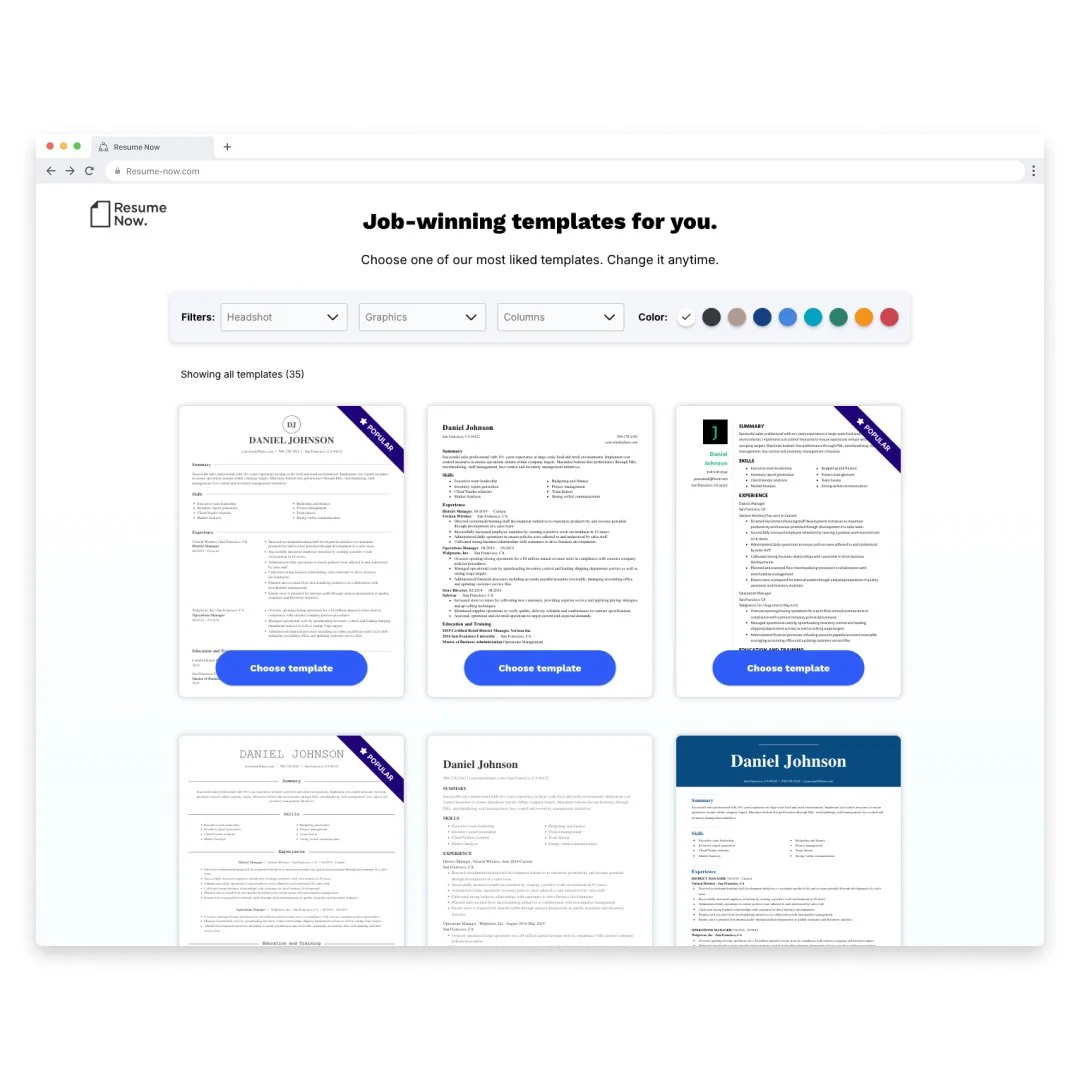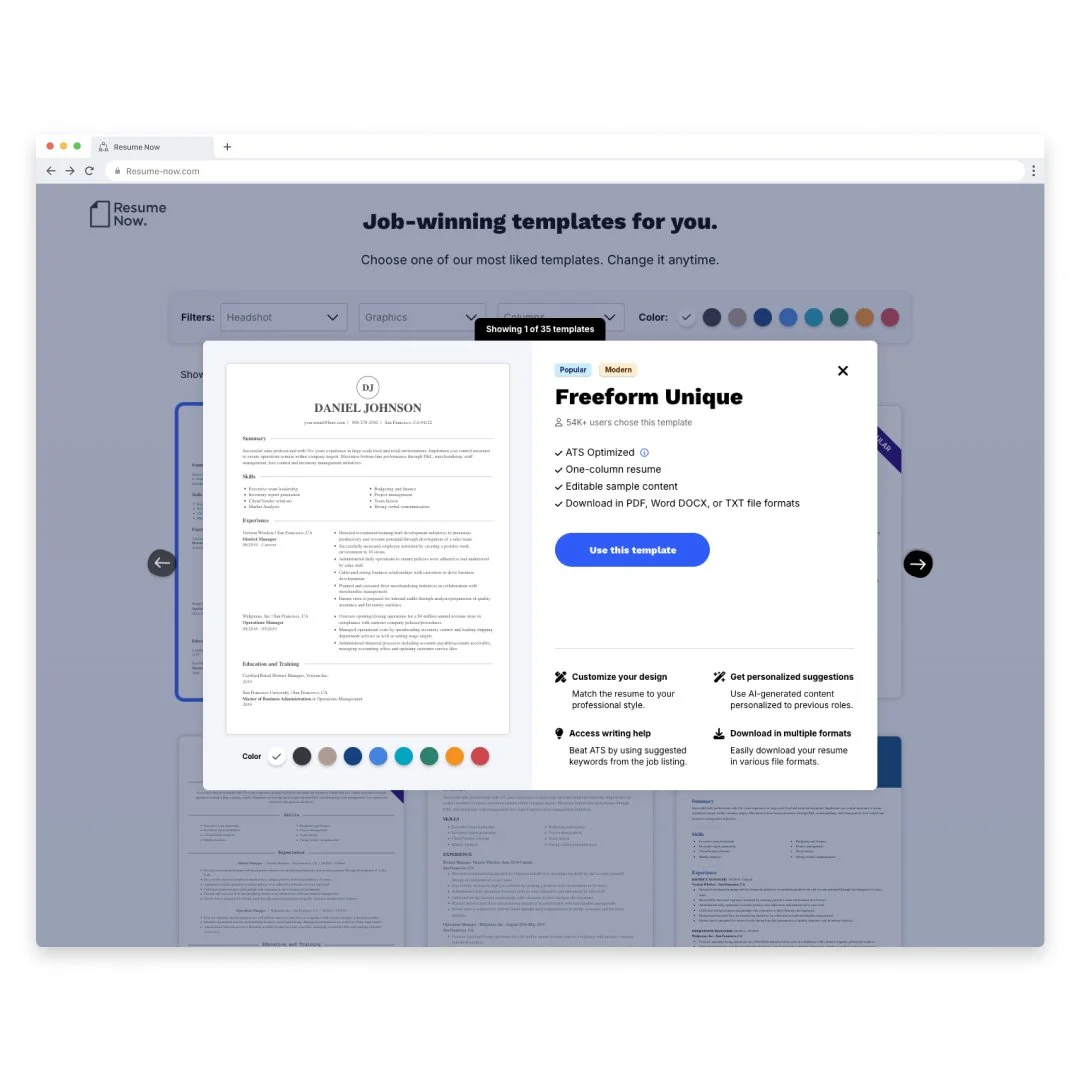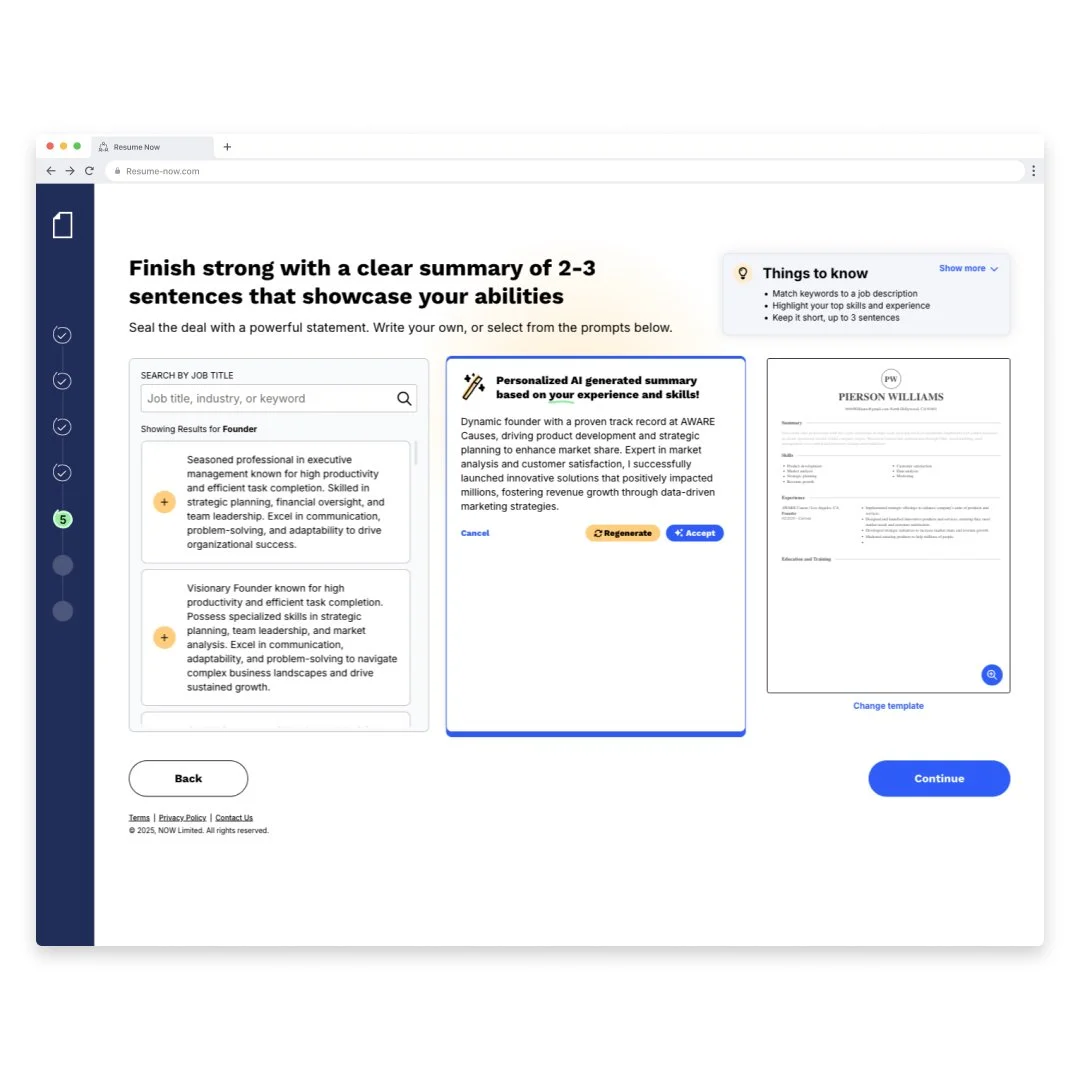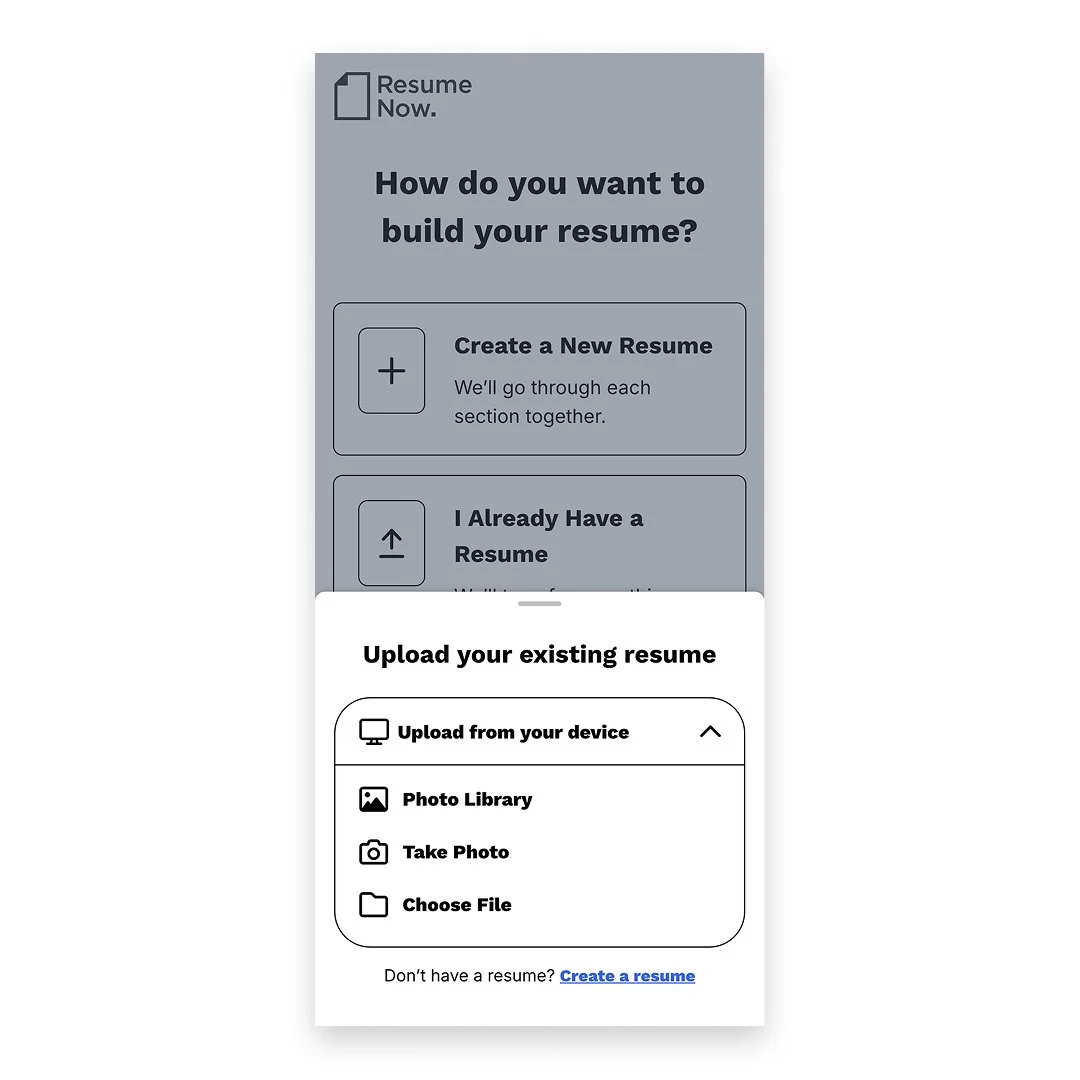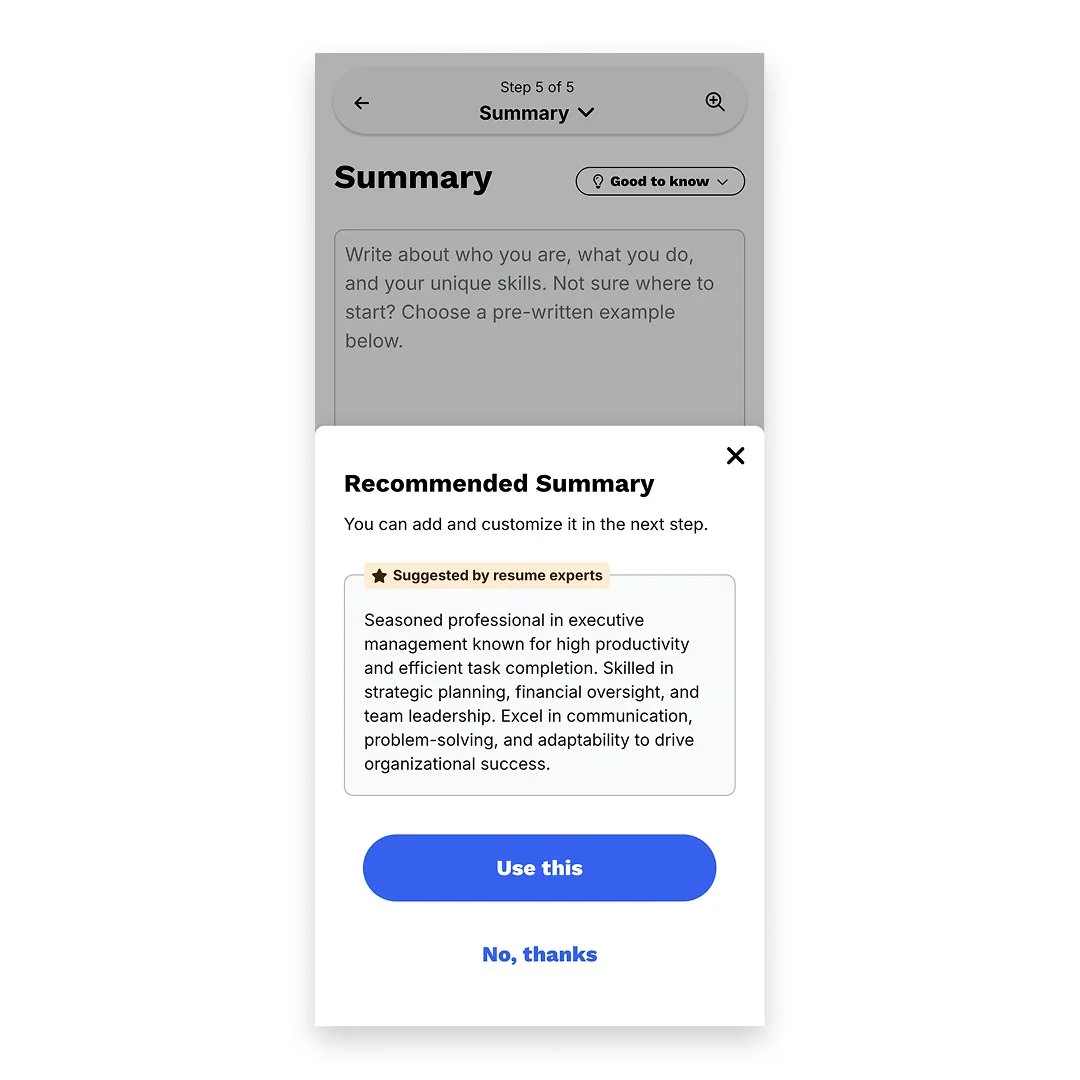Resume Now
Resume-Now is an AI-powered resume builder designed to help job seekers create professional, ATS-friendly resumes quickly and effortlessly. With a vast selection of customizable templates, expert-written content, and intelligent formatting tools, Resume-Now simplifies the resume creation process, ensuring that users can showcase their skills and experience effectively.
The platform provides:
Step-by-step resume guidance to help users craft compelling resumes tailored to their industry.
Pre-written bullet points and customizable sections that align with job descriptions and recruiter expectations.
AI-driven optimization tools that ensure resumes are formatted for Applicant Tracking Systems (ATS), increasing the likelihood of passing automated screenings.
Instant export and sharing options so users can download or send their resumes in multiple formats, including PDF, Word, and online links.
Resume-Now empowers users at every career stage, from entry-level job seekers to experienced professionals, by making the resume-building process fast, intuitive, and effective.
My Role
As Senior Manager of UX Design and NOW Brand UX Lead, I was responsible for the user experience strategy and execution for Resume-Now, ensuring that job seekers had an intuitive, efficient, and high-converting resume-building experience. My role extended beyond UI/UX improvements—I drove product innovation, team leadership, and design operations to enhance user engagement and business performance.
I led a multi-disciplinary UX team consisting of 4 UX designers, 1 UX manager, 1 visual designer, 1 copywriter, and 1 researcher, working closely with product, engineering, and marketing teams to align design initiatives with business objectives. By integrating user research, data-driven design, and agile methodologies, we continuously optimized the resume-building flow, content recommendations, and user interface to improve retention and conversion rates.
One of my key contributions was establishing a structured, scalable UX process, which brought greater predictability, efficiency, and cross-functional collaboration. Under my leadership, the team transitioned from an ad hoc workflow to a data-informed, iterative design process, ensuring that every design decision was rooted in usability testing, analytics insights, and business impact.
Through these efforts, Resume-Now evolved into a seamless, high-performing product that not only improved user success rates but also contributed to significant revenue growth for BOLD.
Process – Feature Development & UX Workflow for Resume-Now
At Resume-Now, I introduced a structured, data-driven UX process that ensured every feature was designed, tested, and validated for business impact and user success. This approach integrated cross-functional collaboration, agile workflows, and rigorous testing to optimize conversion rates and enhance the resume-building experience.
Feature Strategy Plan – Prioritizing with RICE
To ensure the highest-impact features were prioritized, we used the RICE framework (Reach, Impact, Confidence, Effort) to evaluate new initiatives.
Reach: Estimated the number of users who would benefit from the feature.
Impact: Assessed how much the feature would improve user experience or business metrics.
Confidence: Measured confidence in our assumptions based on data, research, and past tests.
Effort: Estimated the time and resources required to build and launch the feature.
Using RICE scores, we identified which features would drive the most value and integrated them into our product roadmap.
Planning – Structuring the Work for Execution
Once a feature was selected, we moved into structured planning:
High-Level Overview from PM – The product manager provided the initial feature brief, outlining business objectives and expected outcomes.
Designer Assignment – Based on workload and expertise, a UX designer was assigned to lead the design effort.
Scoping & Estimation – The designer worked with the product and engineering teams to scope the effort, ensuring realistic timelines and resource allocation.
Kick-Off – Laying the Foundation for Execution
With planning complete, the team aligned on design expectations, testing strategies, and documentation:
Discuss Variants for A/B Testing – Determined which variations would be tested against the baseline.
Feature File Creation – Used the Feature File Template to document notes, hypotheses, design considerations, and testing criteria.
This ensured that everyone was aligned before diving into design work.
Concept Review – Aligning Early Designs with Stakeholders
The assigned designer presented initial concepts to the cross-functional team (PMs, engineers, marketing, and data analysts).
They gathered early feedback and refined the direction before investing in high-fidelity designs.
This step ensured that the feature direction was validated early, reducing rework.
Design Review – Refining & Finalizing Designs
The designer moved into higher fidelity designs, using the Baseline File as a foundation.
Presented refined UI/UX to the product team for final feedback.
Ensured designs were aligned with the design system, branding, and accessibility guidelines.
Design QA – Ensuring Quality Before Launch
Once developed, the designer reviewed the final implementation to ensure it matched the intended design specifications.
Provided detailed feedback to developers to correct any UI inconsistencies or usability issues.
A/B Testing – Measuring Impact on Conversions
The feature was tested against the product baseline to measure its effectiveness in increasing conversions.
Monitored key performance indicators (KPIs) to determine success and next steps.
Used data insights to iterate and refine designs if necessary.
Leadership Results Presentation – Communicating Impact
Results were presented to executive leadership, showcasing how the feature impacted user engagement and revenue growth.
If successful, the feature was fully rolled out; otherwise, iterations were planned based on data-driven learnings.
Key Features & Impact
Throughout my tenure at Resume-Now, I led the design and optimization of high-impact features that significantly improved conversion rates (CVR) and revenue. These enhancements were data-driven, user-tested, and strategically designed, ensuring that each update delivered measurable results.
Resume-Now Redesign
🚀 +4.05% CVR increase | 💰 $1.08M Revenue Impact
The Resume-Now redesign was a foundational update that modernized the UI, improved usability, and streamlined the resume-building process. Key changes included:
Simplified onboarding flow, reducing drop-off rates.
Enhanced layout and navigation, making it easier for users to edit and customize resumes.
Accessibility and performance improvements, ensuring a faster, more inclusive experience across all devices.
By optimizing the resume-building experience, this redesign resulted in a 4.05% increase in conversion rate (CVR), translating into $1.08 million in revenue.
Template Selection Enhancements
Template Filter Enhancement
Template Preview Detail Page
🚀 +14.79% CVR increase | 💰 $628,815 FY Revenue | 💰 $5.04M Annualized Revenue
Template selection was a critical decision point in the user journey, and we identified opportunities to improve engagement and selection rates. Key enhancements included:
A new, interactive template preview system, allowing users to see real-time changes.
Dynamic recommendations based on industry and experience level, increasing relevance.
Optimized mobile-friendly template browsing, reducing friction for mobile users.
These improvements resulted in a 14.79% increase in CVR, generating $628,815 in fiscal year revenue and an annualized impact of $5.04M.
AI Features for Resume Optimization
Enhance Text
Spelling, Grammar, and Punctuation Suggestions
Auto-Generate Summary
🚀 +13.32% CVR increase | 💰 $632,268 FY Revenue | 💰 $4.12M Annualized Revenue
Integrating AI-powered features transformed the resume-writing experience, making it more efficient and effective for users. Key AI enhancements included:
AI-generated bullet points tailored to job descriptions.
Real-time resume scoring & optimization suggestions to improve content strength.
Automated keyword matching for ATS compatibility, increasing hiring success rates.
These AI-driven enhancements led to a 13.32% increase in CVR, contributing $632,268 in fiscal year revenue and $4.12M in annualized revenue.
Mobile Experience Enhancements
Navigation Enhancement
Upload Resume from Device Enhancement
Suggest Summary
🚀 +26.74% CVR increase | 💰 $711,422 FY Revenue | 💰 $3.84M Annualized Revenue
Recognizing the growing trend of mobile users, I led a mobile-first initiative to improve Resume-Now’s usability on smartphones and tablets. Key updates included:
Optimized mobile layouts for a more seamless experience.
One-tap navigation improvements, reducing friction in resume creation.
Performance enhancements, making the platform faster and more responsive on all devices.
These improvements resulted in a 26.74% increase in CVR, driving $711,422 in fiscal year revenue and $3.84M in annualized revenue.
Conclusion
Through strategic UX optimizations and data-driven design, these key features collectively contributed to significant revenue growth and enhanced user success. By focusing on usability, personalization, and mobile accessibility, Resume-Now evolved into a high-performing product that delivered measurable business impact.




